By Tom Ryan
MUSIC
Bing and Billie and Frank and Ella and Judy and Barbra
Dan Callahan
Chicago Review Press, $49.99
It’s highly unlikely that anyone will be misled by the title of Dan Callahan’s fine book. Essentially a story about the often-intersecting careers of six of the greatest singers of the 20th century, it also examines their work and winds in concise sketches of the broad arc of their personal lives. Methodically and insightfully appraising their vocal styles, their ways with a lyric and the various melodic embellishments they brought to their performances, Callahan homes in on their work against the background of American music’s journey from Tin Pan Alley to Main Street.
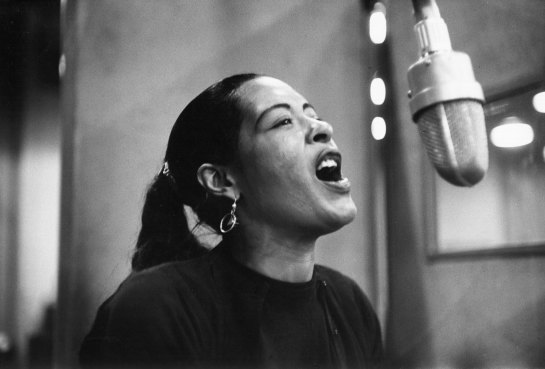
Billie Holiday recording in New York in 1957.Credit: Getty Images
He’s clearly an admirer of his subjects as musicians, although he maintains a critical distance from them. He approvingly draws on the universally beloved Louis Armstrong’s description of Bing Crosby’s style as “mellow … like gold being poured out of a cup”, uniquely Bing. But, like any serious arts critic, he’s not content to leave it at that. He wants to make the metaphor more meaningful, to transform the liquid gold into something more solid.
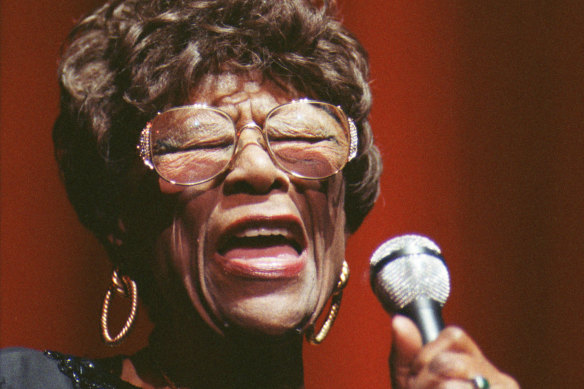
Ella Fitzgerald was interested above all in melody.
So he works his way closer to the detail of the singer’s art, to what constitutes the Bingness of Bing. “Bing’s rhythmic inventiveness signalled then and still signals, ‘We don’t need to follow the rules’,” Callahan writes. “And of course playing hide-and-seek with the beat of a song and filling it with as many extra notes as possible has a very sexy effect.”
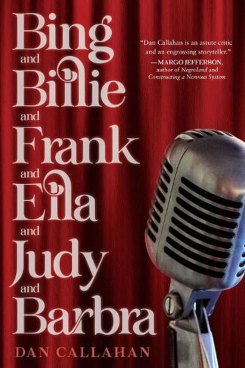
So far so good, but the task isn’t easy: how to capture in words the flavour of something sonic, and how to make sense of it. A further strategy Callahan adopts is the illumination that can come via comparisons, and his book repeatedly ponders the differences between the singers’ styles.
Of Bing’s lovelorn 1932 version of I Don’t Stand a Ghost of a Chance with You, he writes: “This is the sort of song that Billie Holiday and Frank Sinatra would later make their own, but while they would wallow in the emotions of unrequited love, Bing is sad but slightly above it all, and prepared to scat his despair, which lightens it.”
Elsewhere, he sets the urgent melodrama of Billie’s music alongside the laid-back cool of Ella Fitzgerald’s. “Billie was a singer for whom the words were everything, and sadness was the ultimate emotion for her to be explored,” he observes. “Ella was interested above all in melody, and she almost always kept the words of a song at a respectful distance.”
But, at the same time, Callahan doesn’t abandon the appreciation that a metaphor can encourage, borrowing an irresistible one from clarinettist Tony Scott to further underscore Ella and Billie’s different approaches to a lyric. “With a singer like Ella, when she sings ‘my man has left me’, you think the guy’s going down the street for a loaf of bread,” Scott told pianist Bobby Tucker, Billie’s accompanist during the 1940s. “But when Lady sings it, man, you see the bags are packed, the car’s going down the street and you know he ain’t never coming back.”

Bing Crosby didn’t follow the rules.Credit: Getty
Callahan’s considered admiration for his chosen six doesn’t always extend to their lives away from music. While acknowledging that there were cracks in Bing’s easygoing facade, he’s still concerned to rescue the singer from the barbs contained in his son Gary’s 1983 memoir, Going My Own Way, about growing up with an alcoholic mother and an abusive father.
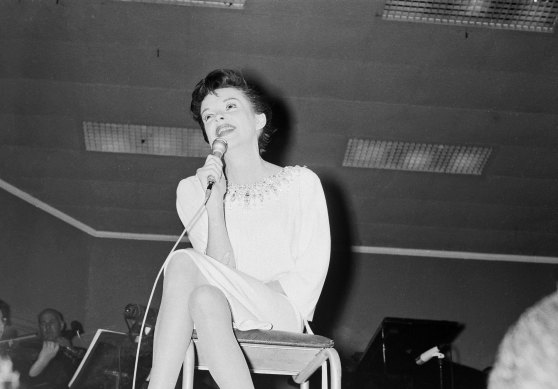
Judy Garland performing in Melbourne in 1964. In her self-destructiveness she would turn her fury on herself.Credit: John Lamb
But there’s no such attempt to rehabilitate sinful Frank Sinatra’s reputation, and Callahan’s distaste drips from the page as he recounts various tales about Ol’ Blue Eyes’ “bad behaviour” and his gangster connections.
In their self-destructiveness, he writes, Billie and Judy Garland would turn their fury on themselves, whereas Frank took it out on others … or got a wiseguy from his entourage to do it for him. And Callahan has little time for My Way, contemptuously dismissing the song as “beloved of self-pitying men everywhere, the guys at the end of the bar that no one wants to talk to”. Sinatra’s dislike for Paul Anka’s lyrics is acknowledged, but the strong suggestion is that they make a neat fit with Frank’s personality.
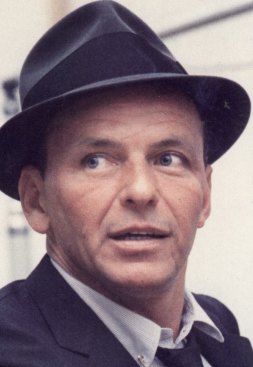
Dan Callahan doesn’t hide his distaste for Frank Sinatra.
The book also examines the various ways in which the Fates have conspired to make these performers’ lives difficult. Not the least of these is the way in which the ugly racism that has blighted American history left its mark on their lives.
Frequently to the chagrin of their white peers, Ella and Billie suffered indignities wherever they went: Billie having to travel in hotel freight elevators because management didn’t want her seen in the lobby; Ella missing a concert date in Australia when, during a Honolulu stopover, Pan Am excluded her from a first-class flight to make room for white passengers; Ella, Sammy Davis Jr, Lena Horne and other black musicians being denied permission to eat in the Las Vegas clubs where they were performing.
Then there were the troubled childhoods: the pep pills and sleeping tablets that Judy’s bossy stage mother introduced her to when she was nine; Ella’s homelessness as a teenager; Frank’s bully of a mother; Barbra Streisand’s cruel stepfather. And they all had to find a way of negotiating the against-the-odds stresses involved in building a career that makes out of the ordinary demands on those who choose it, or are chosen by it.
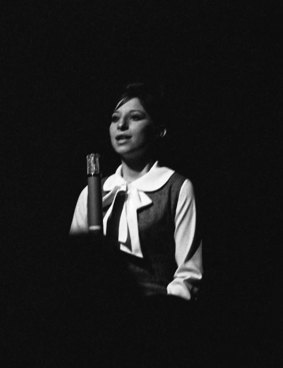
Dan Callahan’s book perceptively links the undercurrents that gave shape to Billie, Judy and Barbra as performers.
Callahan takes us close to the music, but also moves back and forth between the singers’ lives and the cultural shifts in the society that spawned them. The author of a two-part volume entitled The Art of American Screen Acting, he perceptively links the undercurrents that gave shape to Billie, Judy and Barbra as performers, as “drama queens”, to the development of the method style of acting that came to the fore in the US during the 1940s and ’50s. He also looks at the ways in which the singers’ work on radio, in film and on TV became inseparable from the personas projected through their performances.
By the end of his story, it’s become evident that their careers have long been waiting to be wound together like this. One mightn’t always share Callahan’s assessments of the songs, performances and films he discusses, but his gaze is comprehensive, his research thorough and his enthusiasm for his subject infectious.
Best of all, his empathy for his subjects’ circumstances is tangible, recognising that, even after their voices have begun to fade and mortality beckons, there’s still a spark that yearns to shine bright, just once more for the road.
The Booklist is a weekly newsletter for book lovers from books editor Jason Steger. Get it delivered every Friday.